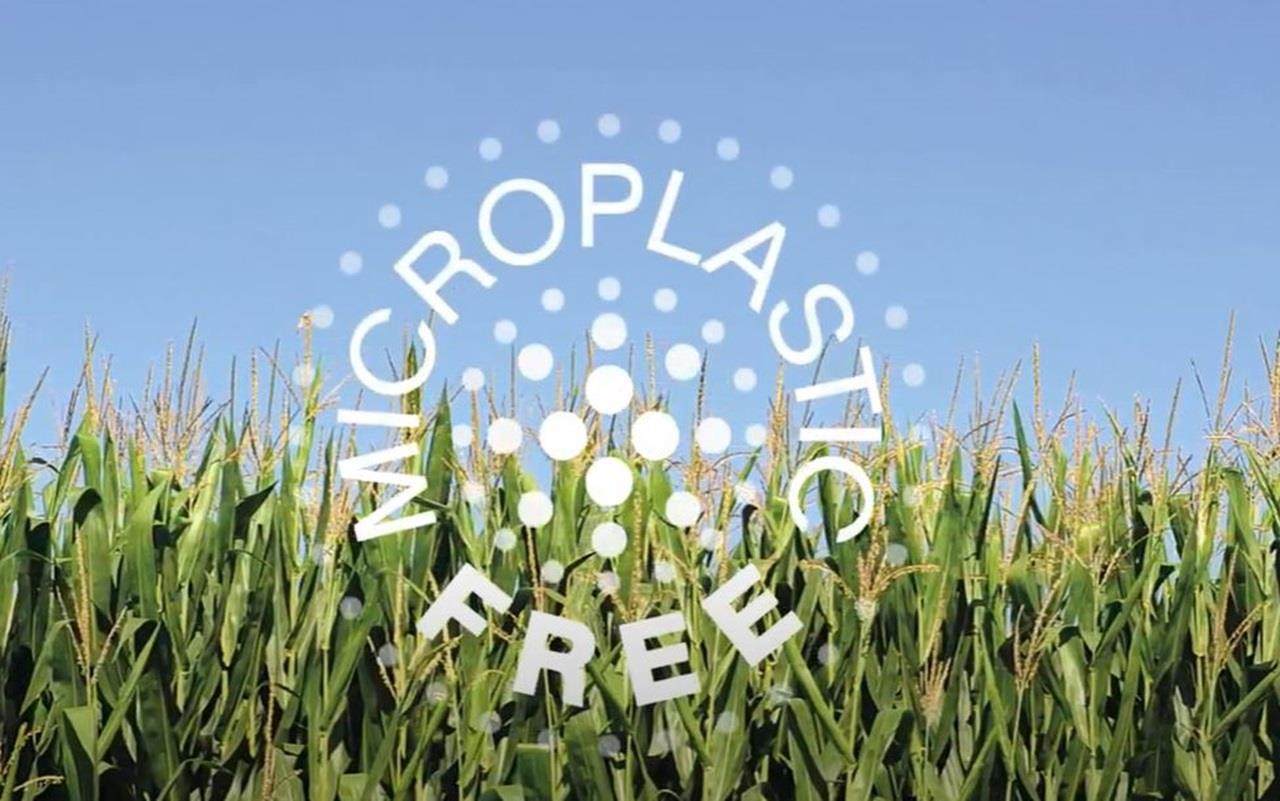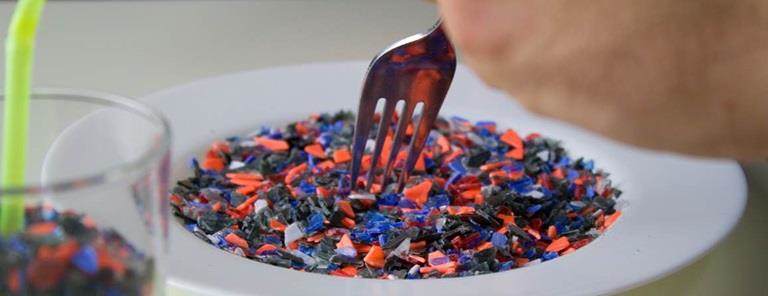New microplastic free corn coating nears launch
Incotec’s first microplastic-free corn film coat is almost ready for market. This edition also covers vegetable seed coatings, polymer alternatives, and environmental impact.
CONTENT
- New: first microplastic-free film coat for corn almost ready for launch
- How about microplastics in seed coatings for vegetables?
- Incotec’s R&D manager Marta Dobrowolska explains microplastics
- 3 things you need to know about microplastics
New: first microplastic-free film coat for corn almost ready for launch
To help you stay ahead of changes soon to be imposed in Europe, we are developing a new line of microplastic-free seed coatings that deliver high-quality results. Disco Red L-1101 is the first corn film coat in this new product range and ready to be launched in January 2021. This microplastic-free Disco has significantly enhanced abrasion resistance, performs beyond industry standards and has all the features you expect in a quality film coat. But what’s most important is that this microplastic-free film coat is developed according to current ECHA guidelines: ready for the future and the sustainable choice for corn.

How about microplastics in seed coatings for vegetables?
Film coats are used on various types of seed, including vegetables. These coatings currently contain microplastics. It is challenging to identify one product that will be suitable for all types of vegetables. There are many different types of vegetables seed, ranging from very small to relatively large, the surface of the various seed types vary in colour and texture, and there are many different types of equipment used to treat vegetable seeds. At the moment, we are working with customers to identify best suited products, and we expect to launch a generally applicable product in the course of 2021. We will keep you updated.
3 things you need to know
1. What are the prominent contributors to the release of microplastics in Europe?
The ECHA report identifies several sources of microplastic release into the environment. By far the biggest contributor is car tyre wear which accounts for 50% of the total release. This is followed by plastic pellets used to mold plastics which contributes 25%. Washing of synthetic clothes and all agricultural activities combined are other significant contributors. Seed treatment is responsible for 1% of all microplastic release.
2. Are all natural, water soluble polymers good alternatives for microplastics in film coats?
Yes, at the moment natural, water-soluble and/or biodegradable polymers are seen as a good solution for microplastic containing film coating. Yet, is it very important that they have not been chemically modified in any way, since that could affect the solubility and/or biodegradability.
3. What is the biggest challenge with alternatives for synthetic polymers?
In our experience, it is dust control which is most difficult to maintain when alternatives are tested. While, in the last few years, dust control has become one of the most important features of film coats, given its importance in ensuring workers’ and environmental safety. It goes without saying that only film coats that provide good dust control will be accepted by the market.

Des enrobages sans microplastiques pour le tournesol désormais disponibles
